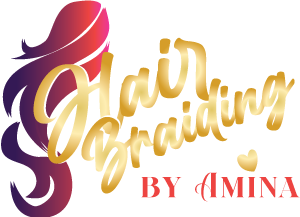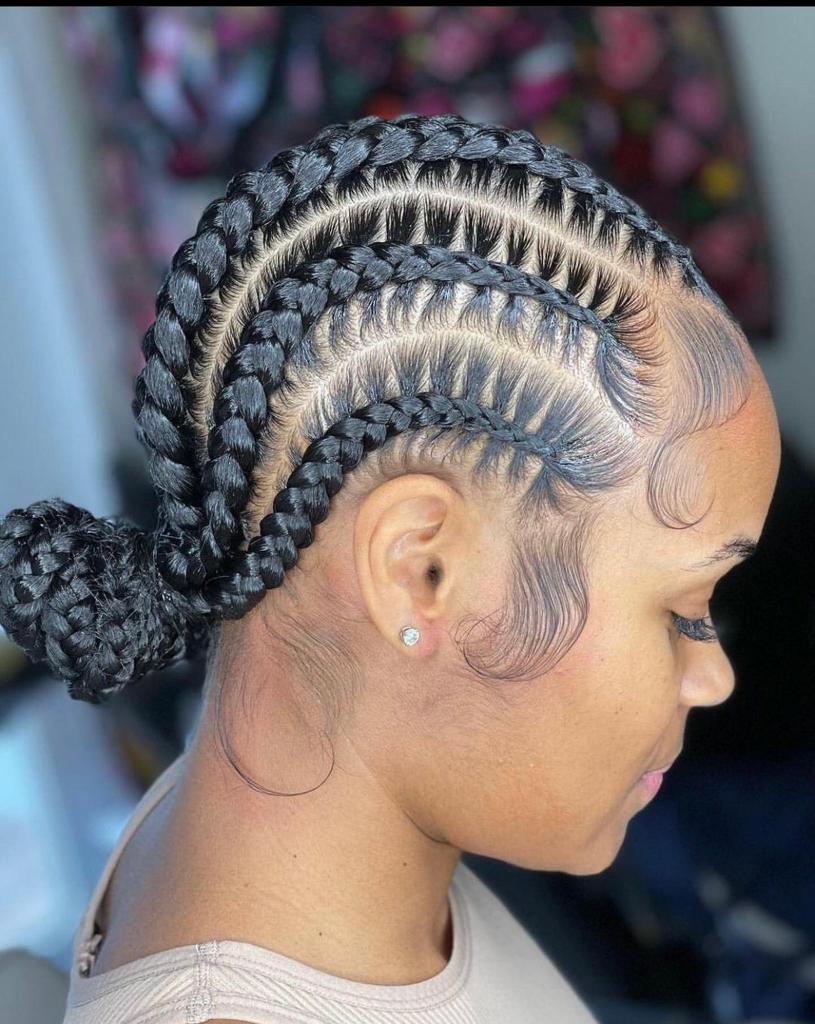1. Box Braids: A Modern Classic
One of the most iconic and widely embraced styles in African hair braiding is the timeless box braid. Characterized by small, square-shaped sections, box braids offer versatility, allowing individuals to express their personality through various lengths and colors. These braids are not only a fashion statement but also a protective style that promotes healthy hair growth by minimizing manipulation and breakage.
Creating perfect box braids requires precision and skill. Each section is meticulously divided, and the hair is braided in a three-strand technique. The result is a sleek and sophisticated look that can last for weeks with proper care.
2. Cornrows: An Ancient Art Form Reimagined
Cornrows, also known as canerows, have been a staple in African hair culture for centuries. Originating from the ancient Kingdom of Nubia, cornrows are a form of traditional art that signifies social status, age, and even religious beliefs. Today, cornrows have evolved into a versatile and stylish braiding technique that transcends cultural boundaries.
Cornrows involve braiding the hair close to the scalp in neat, parallel rows. The patterns and designs are limited only by the braider’s imagination, making cornrows a canvas for creative expression. This style is not only visually stunning but also practical, offering a low-maintenance option for those seeking an elegant and long-lasting look.
3. Senegalese Twists: Elegance in Every Twist
Senegalese twists are a popular and elegant braiding style that adds a touch of sophistication to any look. Unlike some other braiding techniques, Senegalese twists use a two-strand twisting method, creating a rope-like effect. This style is known for its versatility, as it can be worn long or short, and the twists can be as thick or thin as desired.
Senegalese twists are not only a fashion statement but also a protective style that can promote hair growth by reducing exposure to environmental elements. The process involves sectioning the hair and twisting extensions into each section, resulting in a stunning and low-maintenance hairstyle.
4. Fulani Braids: Adorned with Culture
Originating from the Fulani people of West Africa, Fulani braids are a distinctive style that combines braids with unique accessories. Typically, Fulani braids involve thin to medium-sized cornrows along the sides of the head, often adorned with beads, cuffs, or cowrie shells. These embellishments not only add a touch of cultural significance but also elevate the overall aesthetic.
Fulani braids celebrate the rich heritage of the Fulani people and provide a unique way for individuals to connect with and showcase African culture. The braiding process involves skillful parting and weaving, creating a stunning interplay of patterns and textures.
Conclusion: Braiding as an Artform
African hair braiding is more than just a way to style hair; it’s a celebration of culture, tradition, and individuality. Whether through the precision of box braids, the intricacy of cornrows, the elegance of Senegalese twists, or the cultural significance of Fulani braids, each style tells a story. As we continue to embrace and celebrate the artistry of African hair braiding, we unlock not only the beauty of these styles but also the richness of the diverse cultures they represent.

